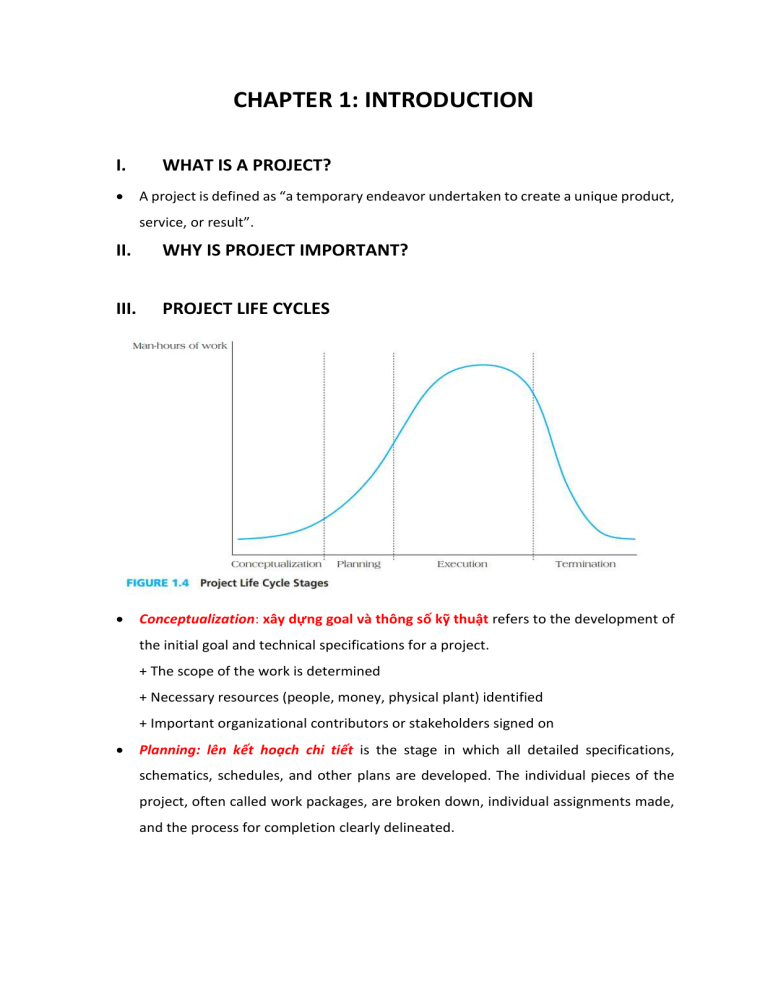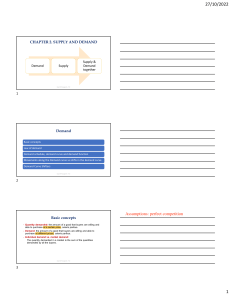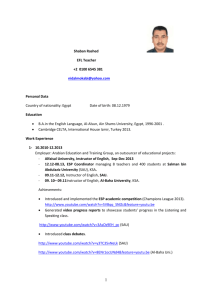
CHAPTER 1: INTRODUCTION I. WHAT IS A PROJECT? A project is defined as “a temporary endeavor undertaken to create a unique product, service, or result”. II. WHY IS PROJECT IMPORTANT? III. PROJECT LIFE CYCLES Conceptualization: xây dựng goal và thông số kỹ thuật refers to the development of the initial goal and technical specifications for a project. + The scope of the work is determined + Necessary resources (people, money, physical plant) identified + Important organizational contributors or stakeholders signed on Planning: lên kết hoạch chi tiết is the stage in which all detailed specifications, schematics, schedules, and other plans are developed. The individual pieces of the project, often called work packages, are broken down, individual assignments made, and the process for completion clearly delineated. Execution: the actual “work” of the project is performed, the system developed, or the product created and fabricated. It is during the execution phase that the bulk of project team. Termination: project is transferred to the customer, resources reassigned, project is closed out. Client interest: giảm dần và đạt đáy ở Execution sau đó tăng tiếp và đạt đỉnh ở Termination. Project stake: tăng dần từ đầu đến cuối. Resource: tăng dần và đạt đỉnh ở Excecution sau đó giảm. Creativity: tăng nhẹ từ đầu và đạt đỉnh ở Execution sau đó giảm. Uncertainty: giảm dần từ đầu đến cuối. IV. DETERMINANTS OF PROJECT SUCCESS V. ORGANIZATIONAL STRUCTURE Functional organizations – group people performing similar activities into departments (group những người cùng làm 1 hoạt động vào 1 nhóm). Project organizations – group people into project teams on temporary assignments (group nhân viên thành các project teams). Matrix organizations – create a dual hierarchy in which functions and projects have equal prominence (kết hợp cả hai).








